
All categories
Featured selections
Trade Assurance
Buyer Central
Help Center
Get the app
Become a supplier

(5623 products available)
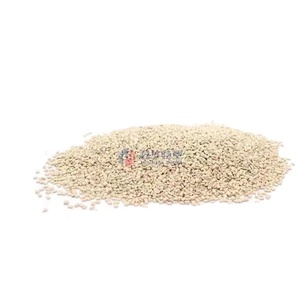
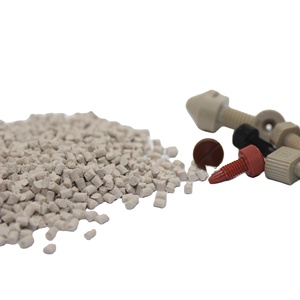


















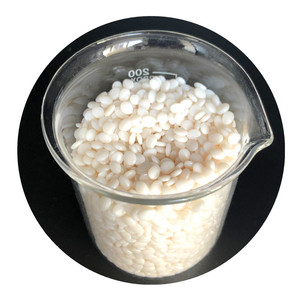
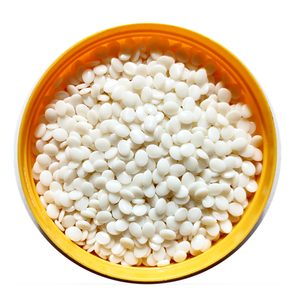
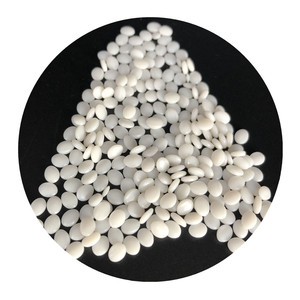

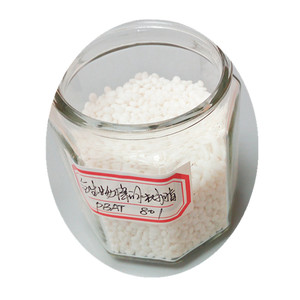


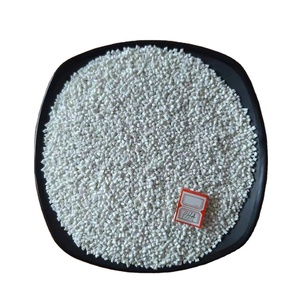





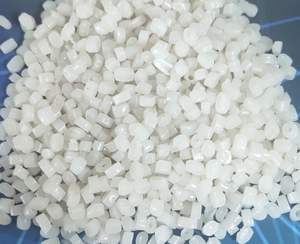



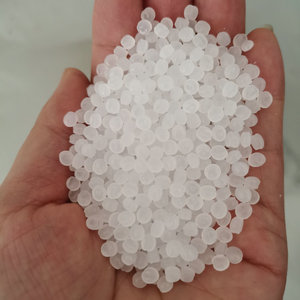
Plastic resin pellets are manufactured in distinct types. The type of plastic resin pellets for sale determines the application of the pellets. They include:
Polyethylene resin pellets are the most manufactured plastic. Advanced morphology, which includes low-density or high-density, characterizes them. They also have unrivaled resistance to moisture and chemicals. This makes them ideal for packaging, containers, and plastic bags. They are in high demand for manufacturing due to their affordability and versatility.
Polypropylene resin pellets have high tensile strength. They also have good resistance to heat and chemicals. These properties make them ideal for automotive parts, textiles, and packaging. Usually, they have a low density compared to other plastics. Sometimes they are mixed with additives to improve features like UV resistance.
Usually, manufacturers make polystyrene pellets from solid, brittle material. This they soften by heating. They then turn them into foam or incorporate additives to produce high-impact polystyrene (HIPS). High-impacted styrene foaming offers excellent insulation properties. This makes polystyrene popular for packaging material, disposable containers, and electronics.
ABS resin pellets have a perfect confluence of strength, toughness, and good heat resistance. This makes them suitable for 3D printing and manufacturing consumer goods. ABS plastics come in distinct colors. This makes them aesthetically appealing for electronic housings and automotive parts.
PVC pellets feature unmatched durability and versatility. Usually, they are accompanied by good chemical resistance and are preferred for construction applications. These applications include pipes, windows, and vinyl siding. Adding plasticizers also enhances flexibility. This makes them ideal for contrasting uses ranging from medical to construction.
Low-temperature resin pellets are specifically designed to melt at lower temperatures than standard resins. These pellets find application in processes like injection molding and extrusion that require low energy input. This makes them efficient for delicate components. Particularly those used in electronics or lightweight product packaging.
Plastic resin pellets have distinct precise keywords. They include plastic resin pellets for sale and plastic pellets for sale. Plastic granules are also their keyword. Lately, they have gained popularity and prominence as an inevitable keyword mainly in online searches. Particularly due to their relevance in the plastics industry and their critical applications in the manufacturing process. These precise keywords target plastic resin materials and their utilization in diverse industrial processes. Hence creating a search intersect for users interested in acquiring these materials either for business or manufacturing purposes.
Internationally, several plastic resin pellets manufacturers and distributors circulate them. Thus, a slight understanding of localization nuances is imperative for effective communication and marketing strategies. Here are some of their international issuances:
This is the primary field where plastic resin pellets are used. Manufacturers utilize them in producing varied plastic products. Due to their versatility, efficiency, and ability to be molded into complex shapes, these pellets are essential in creating automotive parts, electronics casings, and household items. Usually, the selection of specific resin pellets depends on the required mechanical attributes and heat resistance.
Usually, plastic resin pellets are integral when developing packaging materials. For instance, polyethylene and polypropylene pellets are in high demand for producing containers, films, and seals. Packaging made from these materials offers exceptional durability, flexibility, and chemical resistance. These properties ensure food and products remain safe during storage and transportation.
Plastic resin pellets play a critical role in the construction sector. PVC pellets produce pipes, window frames, and other structural components. This is due to the pellets’ unparalleled durability, weather resistance, and cost-effectiveness. Moreover, expanded polystyrene, which is a derivative of polystyrene pellets, is used in insulation materials. This improves energy efficiency in buildings.
In the healthcare industry, plastic resin pellets manufacture medical devices, packaging for pharmaceuticals, and equipment components. For example, ABS and polycarbonate pellets are preferred for their strength, clarity, and ability to withstand sterilization processes. These make them suitable for devices that require high hygiene standards and reliability.
Consumer electronics, toys, and household goods utilize pellets made from plastic resins. Acrylonitrile butadiene styrene (ABS) and HIPS pellets are favored in this sector due to their impact resistance and aesthetic appeal. Usually, manufacturers who prioritize lightweight yet durable materials for products use them.
Plastic resin pellets come in divergent specifications depending on their intended use. Key parameters include:
The melting process of plastic resin pellets relies on the type of resin and the manufacturing equipment. During the process, the pellets are usually heated to the specified melting temperature. This makes them pliable for shaping. Below is a description of the process of using plastic resin pellets. It varies across applications:
Maintenance of products made from plastic resin pellets largely depends on the type of resin used and the end application. However, general maintenance practices include cleaning, inspection, and repair. These practices enhance the lifespan of the plastic components. Below are key maintenance considerations for plastic resin products:
Adhering to safety standards is essential during the handling, storage, and processing of plastic resin pellets. Key safety measures include:
Yes, plastic resin pellets are reusable. This practice is referred to as recycling. Often, manufacturers collect and process scrap materials to produce reprocessed pellets. These pellets come from post-industrial waste. They then use them in producing new products. However, the number of recycling sometimes depends on the type of resin.
Manufacturers make plastic pellets from a variety of materials. The most dominant are polyethylene, polypropylene, and polystyrene. In high performance applications, they also use more advanced engineered plastics. Such as polyethylene terephthalate (PET) and polycarbonate.
Plastic resin pellets do not have a definite shelf. However, their longevity largely depends on storage conditions. Properly stored pellets in cool and dry environments have an endless shelf life. This helps in preventing degradation or contamination.
To ensure the quality of plastic resin pellets, buyers should purchase them from reputable manufacturers. Those who provide detailed product specifications. Also requesting samples for testing and checking for certifications like RoHS and REACH compliance helps in confirming the quality of the pellets.